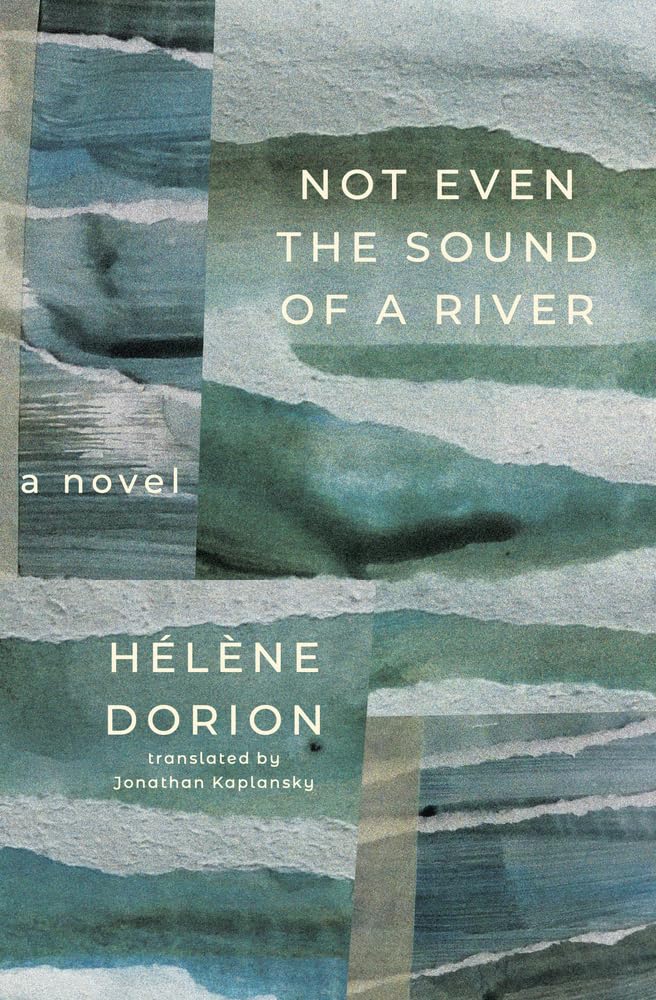Hélène Dorion
Translated by Jonathan Kaplansky
Book*hug Press ($20)
The St. Lawrence River has shaped the history of Québec from the end of the ice age. Its banks are places of solitude, solace, and remembrance; it feeds, nurtures, loves, kills, buries, and memorializes, reducing human time to surface glimmers. A river of immigrants’ arrivals and soldiers’ departures, the majestic waterway dominates Hélène Dorion’s 2020 novel Pas même le bruit d’un fleuve, whose title she borrowed from a poem by Yves Bonnefoy to highlight the river’s impact on one family.
In Dorion’s multigenerational tale, the river first takes away Eva’s fiancé, who dies in 1916. Her daughter Simone’s fiancé, Antoine, having lost his Irish immigrant parents in the sinking of the Empress of Ireland in 1914, subsequently drowns in the St. Lawrence while sailing in 1949. Simone’s life seemingly belongs to the river—and her daughter Hanna inherits the proverbial fog of grief perpetuated by family secrets when Simone passes away. Just as Simone wrote poems to assuage her grief, Hanna embarks on a journey to reconstruct her mother’s emotional survival, swimming against tide and time to piece together a story laden with lilt and gravitas.
Dorion cites numerous European poets, including Rilke, Baudelaire, and Kathleen Raine, to get at the profound currents connecting these three generations of women. A poem by Hector de St. Denys Garneau, a poet and painter who died in 1943 at age twenty-one and is credited with sparking the Quebécois literary renaissance of the 1950s, similarly echoes a quatrain by Dante in which the Italian Renaissance poet compares the renewal of life to the rebirth of a tree in spring. And what is life if not a series of renewals, some happier than others? Dorion’s previous novel translated into English by Jonathan Kaplansky, the autobiographical Days of Sand (Cormorant Books, 2008), offers a clue about the rootedness of this remarkable feminine solidarity: “My mother’s footsteps, my grandmother’s footsteps—from the lake to the ocean, by way of the river separating them, how many of these traces does my memory carry?”
Kaplansky’s translation is as fluid and majestic as le fleuve St. Laurent or as the musical pieces Dorion recommends in a note at the end as companions to Not Even the Sound of a River. Besides faithfully rendering the rhythms, sounds, and meanings of Dorion’s sentences, Kaplansky’s word and phrase choices sharpen details and images, making them resonate further. This “found in translation” effect confirms Kaplansky’s deep affinity for Dorion’s smooth transitions from nature to emotions to philosophy and back, a style that has earned her wide recognition and readership in the Francophone world. Anglophone readers now have an excellent opportunity to catch up with Not Even the Sound of a River.
Click below to purchase this book through Bookshop and support your local independent bookstore:
Rain Taxi Online Edition Summer 2025 | © Rain Taxi, Inc. 2025

